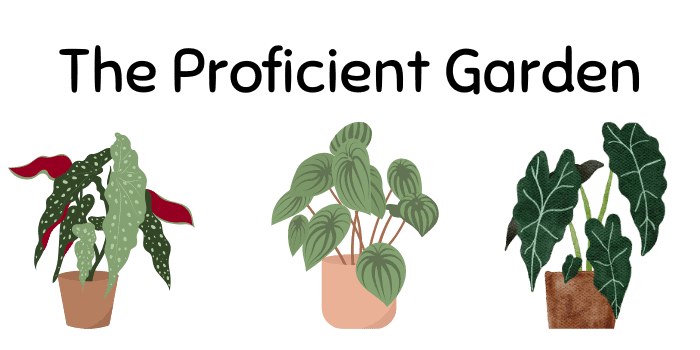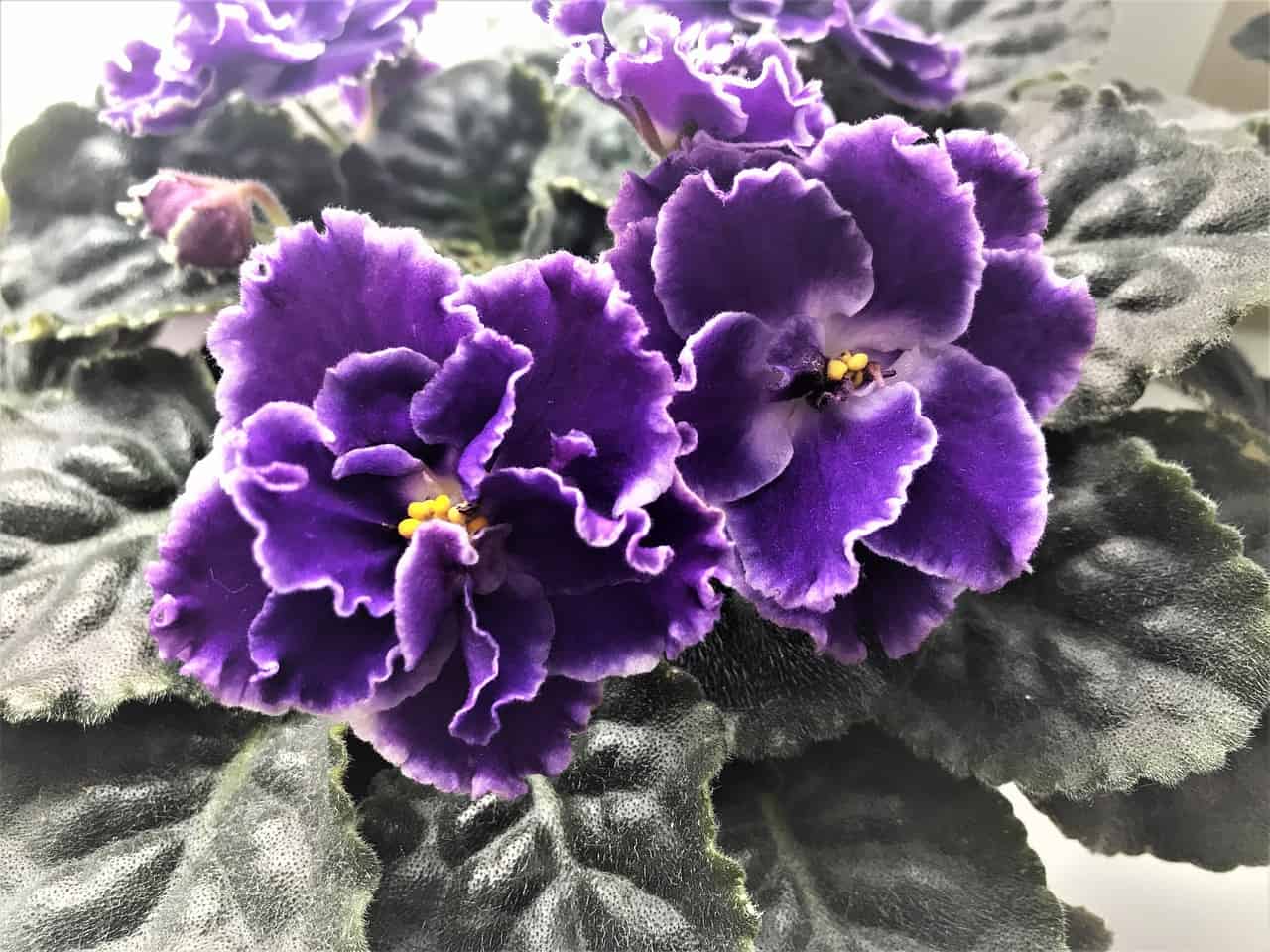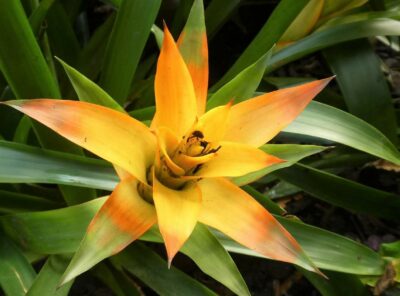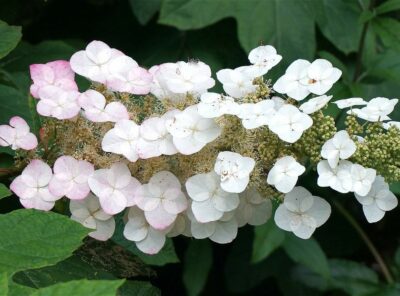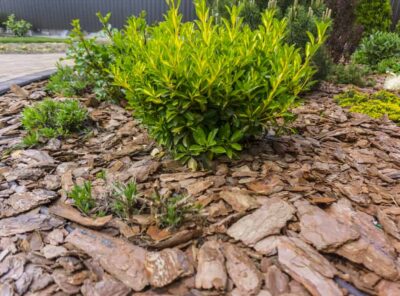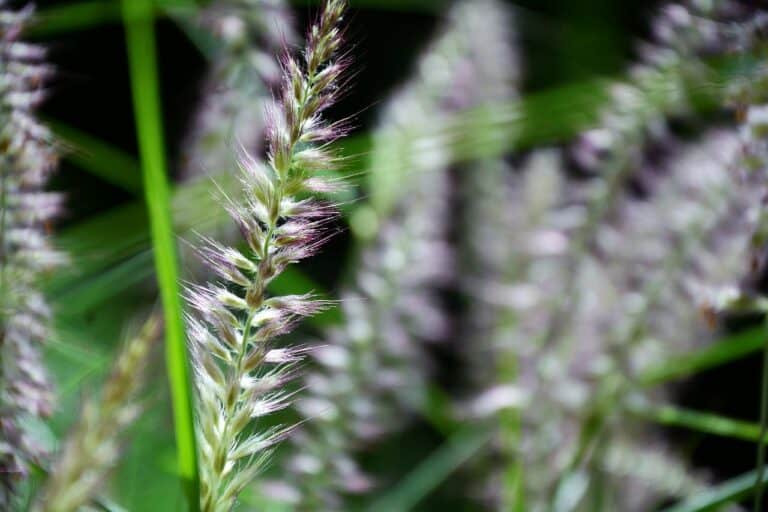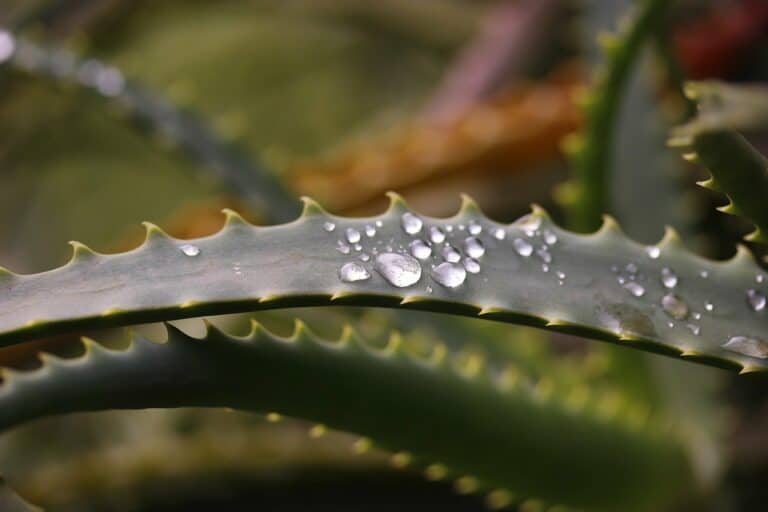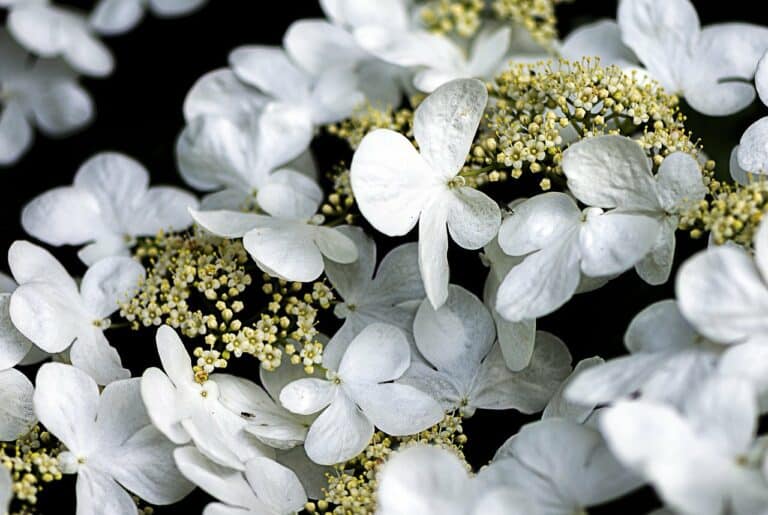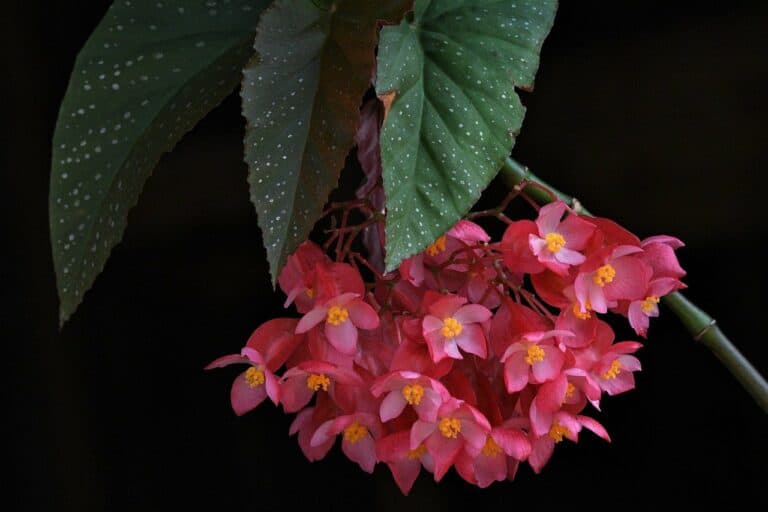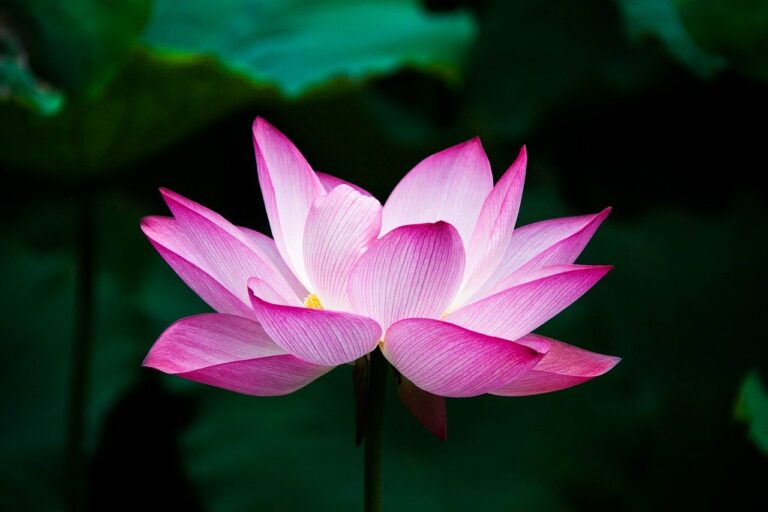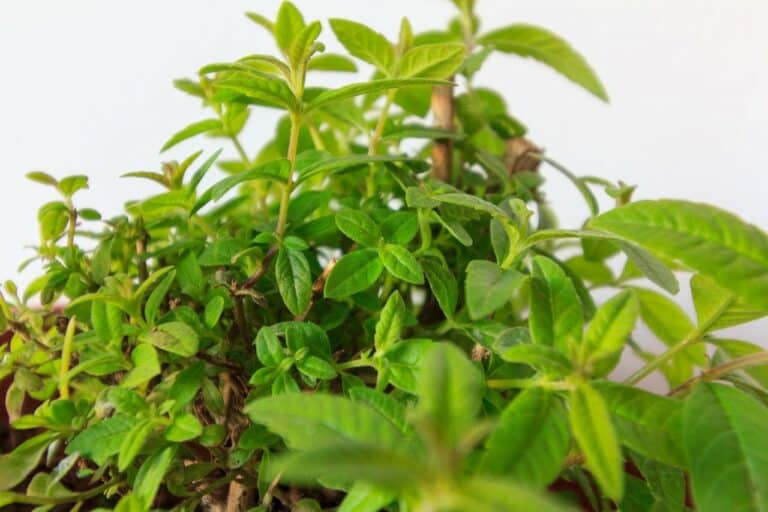Table of Contents
The Blooming Periods for the African Violets
African violets are household plants known scientifically as Saintpaulia ionantha and are a genus of the Gesneriad family. The plant is native to the Eastern part of Africa. The African violet plant blooms reliably with proper care throughout the year.
When African Violets bloom, every healthy flower has a lifespan of between two to three weeks. With proper care, a happy African violet will regularly produce new blooms for between ten to twelve months a year.
African violets are picky, and they might stop blooming where you do not meet just one key need. While you cannot control their genetic composition, you can easily remedy the problem, and your plant will bloom again in no time.
The African Violet Plants Characteristics
The African violet plant is a small round plant that grows in a mound shape. The plant ranges in size, with the smallest measuring below eight inches in width, the standard one ranging between eight to sixteen inches, and the large ones achieving a width of above sixteen inches.
The plants branch and spread naturally to form a mound and take their shape. Their roots do not grow deep; therefore, they spread easily in shallow baskets and pots, making them suitable to hang. The plant naturally produces extra crowns, which increase the plant’s potential to bloom.
Its leaves are in different variations of green, such as deep green, bright green, silvery green, with the leaf edges being cream-whitish. The texture of the leaves is velvety, and they take different shapes from heart-shaped, fuzzy, oval to round.
The African violet plant blooms to produce flowers whose color range from deep purple, violet, lavender, white, blue, pink, or lavender. The flower shapes are; star, ruffled, wasp, double, semi-double, or single.
Tips for the Growth and Care for African Violets that Promote Blooming
Do you want to grow African violet plants? The good news is you can grow them miniature, semi-miniature, standard, or large and place them indoors or on the window frames. If you do not know anything about gardening, we will give you tips on growing and caring for them for maximum bloom.
The plant’s leaves easily collect dirt and dust due to the velvet surface. Use a small brush with soft bristles to gently brush off the dirt to clean the leaves. Avoid cleaning them with water as water causes leaf spots, reducing their growth and blooming speed.
The plants are easy to grow and care for as they require minimal maintenance when grown in the right environment. Their blooming time varies, but with limited exposure to the sun and the correct soil, they will bloom several times a year to brighten your house with their beautiful flowers.
1. Planting and Potting
When planting African violet plants, we advise that you plant them in a shallow basket or pot. The pot should contain well-drained soil as the stem will rot when it is too moisturized. When the pot bounds them, they bloom more as they do not require much space to grow.
Repot your plants every six months to one year so that they are in fresh soil that has more nutrients. When repotting the plants, you should take caution not to report them in a deep pot as the crown might be buried, which will stop the blooming.
The most appropriate depth varies depending on the variety that you have planted. Miniature plants generally grow best in pots with two and a half inches diameter, while semi-miniature should be potted in a three-inch diameter. Standard plants require four to five inches, while large plants require six inches.
When selecting a pot to plant your new plant or to repot an old plant, ensure that you choose a plant pot that has drainage holes. Drainage holes are necessary for water drainage, airflow, and flushing salts in the plants. The drainage holes should have a one-inch diameter to avoid clogs.
2. Soil
African violets grow best in soils with neutral to slightly acidic pH levels. The soil should not be too dense as dense soil is difficult to penetrate; instead, you must keep the soil smooth. Perlite mixing with soil in the pot improves aeration making your soil loose and well-drained.
The soil must be well-drained as the plant’s root is delicate and easily rots when there is a lot of water in the soil. On the other hand, the soil should not be too dry or too wet because extra dry or damp soil is a common cause of the plant’s demise.
3. Lighting
African violets require adequate light for them to grow and bloom. African violets require bright locations to bloom, but too much light causes their blooms to drop. Place your plant on windows that are partially exposed to the sun for maximum blooms but away from the harsh rays.
Artificial lighting such as LED and fluorescent lights serve as a supplement or as the sole light source. You should place them above the plants by twelve to eighteen inches for maximum results.
African violets need to be exposed to light for at least fourteen to sixteen hours a day then left in the darkness as it allows them to flower.
4. Humidity and temperature
African violets require a humid atmosphere to grow to their full potential and bloom. Increasing them together in groups may boost the sweltering levels, but you have to keep the leaves from touching to prevent spreading diseases and pests.
African violets are sensitive to heat; therefore, harsh hot temperatures cause sunburns and might kill your plants. To increase the humid levels, you should place your pot on top of a water bowl that contains pebbles but not let them directly sit on the water.
5. Watering
You have just planted your new plant and are pondering what amount of water you should feed your new plant with; we have tips for you. When watering your plant, use distilled water or rainwater at room temperature to avoid chlorinated or softened water. Do not let your plant indefinitely sit in water.
When watering your plant from the top, you should not pour water on the leaves to avoid leaf spots. Instead, it would help if you used a bottle or a syringe with a narrow opening, and when water lands on the leaves, ensure you shake it gently so it falls on the soil.
When you water from the bottom, you should place the pot in a bowl containing water until the soil’s surface feels moist, then remove it from the bowl and discard the water. Ensure that your plant has drainage holes to allow osmosis and water drainage from the soil during and after watering.
Overwatering can kill your new plant since when the soil is soggy, the plant’s roots will rot. Allow the water to dry out in the pot before watering again for better growth and bloom. Touch the top of the soil, and if it feels dry, you should water your plant.
6. Fertilizing
Your plant’s feed must contain balanced nitrogen, potassium, and phosphorous levels for growth and bloom. Before fertilizing your plant, ensure that you water it to prevent the roots from rotting. Ensure that you flush the plant with water at least once a month to remove any build-up fertilizer.
When using fertilizers on African Violets, avoid using bloom boosters as they make the soil toxic, reducing your plant’s growth rate. When used in huge quantities, it quashes the blooming. The plant leaves to rot on the pot supplying enough nutrients to boost blooming, so you should avoid the boosters.
Reasons why your African Violet is not Blooming
Has your plant stopped producing new flowers or dropped its flowers? These plants are likely to withhold blooming when they lack one fundamental need despite all the available rest. The following are the reasons why your plant is not blooming;
1. Poor lighting
You have exposed your African Violet plants to direct harsh sunlight that causes sunburns and kills them as they are sensitive to heat. Your plant is a lover of bright light; where you place them away from the light for too long, they will drop their bloom.
2. Wrong pot size
Your plant requires a shallow pot or basket since deep pots are not conducive as they cause root rot. When the pot is too deep, your plant will not bloom.
3. Crowded growth at the top
African violets grow in a mold. Your plant has too many leaves; it might withhold blooming and stop growing. The plant will stop growing and blooming where they cover the crown.
4. Pests and diseases
Pests and diseases impede growth and cause your plant to stop growing and withhold its blooms. Where you have more than one plant, raise them together to conserve the humidity in the atmosphere, the leaves might touch, spreading pests and diseases.
5. Extreme temperatures
Too hot or cold temperatures, such as extremes in summer and winter, may cause your plant to withhold its flowers. During winter, place your indirect plant light but not for too long to avoid sunburns, and during summer, place them away from the harsh rays.
6. Too much fertilizer
While your plant needs food, too much fertilizer makes the soil toxic, which kills the blooms and reduces the plant’s growth. Applying fertilizer before watering the plant might also hinder blooming. The build-up of fertilizers from not flushing the pot up will also reduce blooms.
7. Improper soil
African violets bloom in soil that is well-drained and loose. When the soil is overly wet, your plant’s roots will rot as they are waterlogged. Likewise, very dense or extra acidic soil will cause your plant to reduce its blooms.
